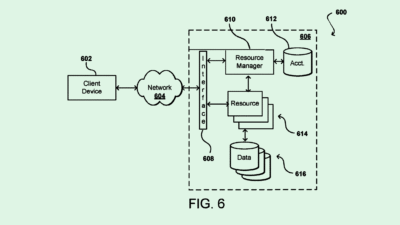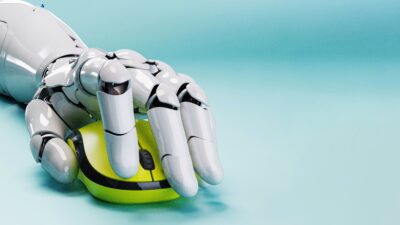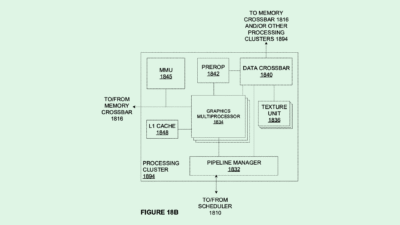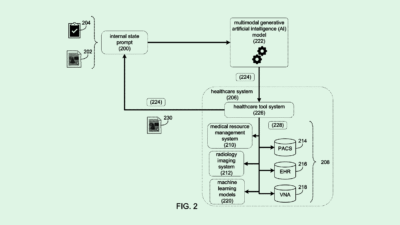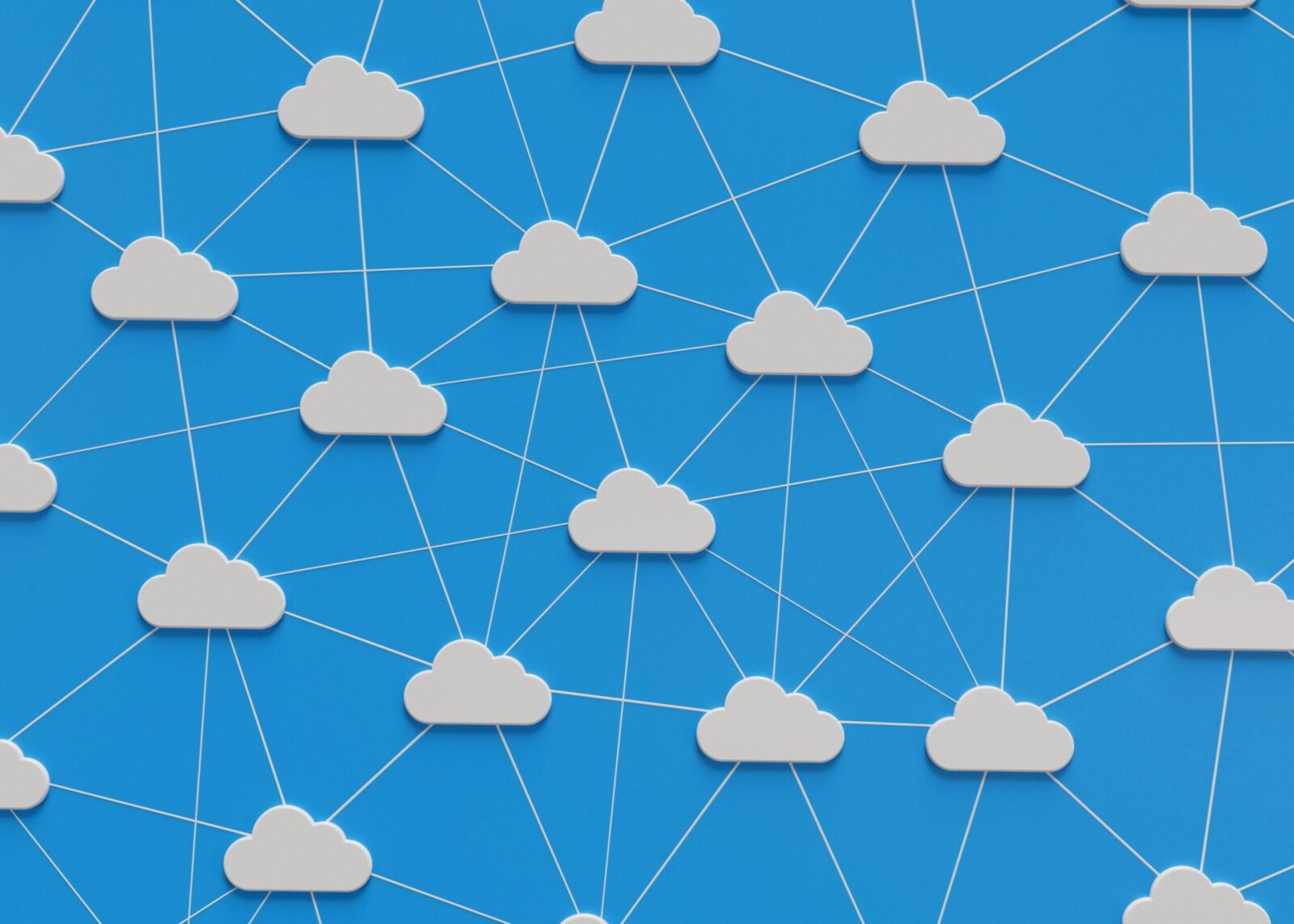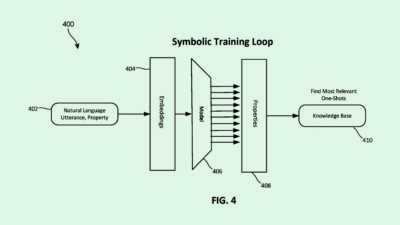What’s At Risk When You Replace Workers With AI?
“There’s going to be humans involved in every angle.”

Sign up to get cutting-edge insights and deep dives into innovation and technology trends impacting CIOs and IT leaders.
AI is prompting enterprises to rethink their workforces entirely.
As the overall US job market tightens, with private companies shedding 33,000 jobs in June, many executives predict that AI will drive much more severe layoffs over the long term. Ford CEO Jim Farley told The Wall Street Journal last week that artificial intelligence will replace “literally half of all white-collar workers in the U.S.”
Tech firms, in particular, have bled positions. Microsoft is cutting 9,000 employees, according to recent reports, and Intel said in June it would cut up to 20% of its Foundry unit’s staff, adding to an April decision to slash 15,000 workers.
While Big Tech is going all-in on replacing workers with AI, many enterprises are inclined to take it slower, said Larry Kodali, CEO and founder of AI hiring firm OptimHire. They are focusing instead on how to augment their workforces with AI.
“White-collar jobs are the ones that are being more impacted,” said Kodali. “But in terms of replacing, I’m seeing augmentation mostly right now because of the increased efficiency.”
One report from the World Economic Forum in February found that as many as 41% of employers sought to downsize their workforces because of AI. The shift from job augmentation to job replacement is likely to accelerate with the onset of more powerful AI and autonomous agents:
- The typical starting point is entry-level job functions, said Kodali. Those include customer service, administrative work and even some early concept work in marketing and graphic design.
- “Low-level activities that used to rely on human beings are slowly getting eliminated,” said Kodali. “It’s time that everybody learns how to upskill themselves, and very quickly.”
Still, AI’s risks make it impossible to automate entire departments, Kodali said. AI is realistically inseparable from hallucination, making it impossible to trust without the oversight of human eyes.
Enterprises “are trying to enhance the skills, retrain their employees to use these AI tools, introducing them into their process and workflows at a very rapid pace,” he said, but “there’s always going to be a human element in every department. There’s going to be humans involved in every angle.”

